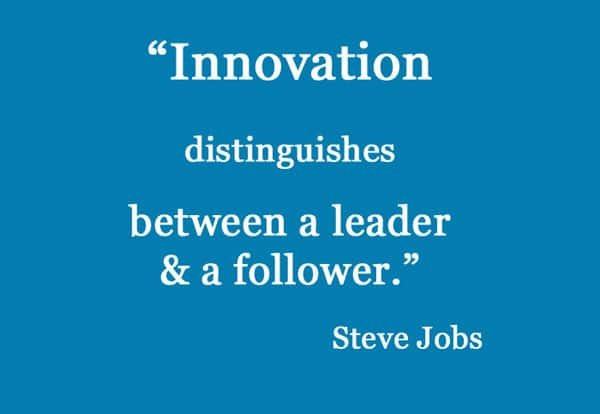Leadership Skills for a Time of Merger: Des Walsh
Boom Time for Mergers and Acquisitions
 In 2014, corporate mergers and acquisitions (M&A) worldwide reached a seven year high of around $4 trillion. KPMG’s 2015 M&A Outlook Survey Report was headed “The Boom is Back: M&A Reemerges as Leading Growth Strategy”.
In 2014, corporate mergers and acquisitions (M&A) worldwide reached a seven year high of around $4 trillion. KPMG’s 2015 M&A Outlook Survey Report was headed “The Boom is Back: M&A Reemerges as Leading Growth Strategy”.
But even the most optimistic figures about mergers and acquisitions show that no more than 50% are successful. It’s clearly a high risk business move.
In this episode of Let’s Talk Leadership I cover some general issues affecting leadership of a merger and the key areas of leadership skill required.
The focus is on mergers rather than on acquisitions.
Podcast: Play in new window | Download
Subscribe: Apple Podcasts | RSS
Or you can subscribe via Stitcher Radio or via email.Key Points to Consider for Leading in a Merger
Reasons for the Merger
There can be a variety of reasons for a merger, but the particular reasons need to add up to an agreement between the merging companies that the merger makes sense because of:
• complementarity of the two businesses, pointing to a potentially profitable synergy
• improved market reach/impact, which will often include improved geographical reach
Adaptive Leadership
Every merger is a journey into uncharted territory.
The success of a merger will require purposeful, astute, agile, adaptive leadership, and leading from strength.
Leadership Skills for a Successful Merger
1. Negotiate the deal
- Open, comprehensive conversations before the deal is inked
- Look at risk as well as upside
2. Communicate the rationale
- A well articulated strategy for communication about the merger, especially for communication with employees of both companies, and with other stakeholders, including customers, suppliers and investors
- Regular discussions with key people in the newly merged firm
3. Oversee the logistics of change
Self-evident, but make sure it is in the to do list.
4. Manage the cultural adjustment and keep key staff engaged
Especially important for retaining the services and commitment of key people
5. Manage the evolving perception of differences
As time goes by some differences, previously accepted, can start to be seen as a liability
6. Be alert to changes in the external environment
Not every risk to a merger is from the internal dynamics of the merging and now merged company. External factors can play a big role.
7. Negotiate adjustments to goals and timetables for success
The world of business moves fast these days, with rapid changes in technology, modes of working, and society. Plans need to be adaptable.
The Linchpin Skill
The skill that holds all the others together that of managing the cultural adjustment.
Without systematic management of the cultural adjustment, it need not take long for initial enthusiasm about the merger to dissipate under the effect of some cultural dissonance or clash of personalities or professional styles.
Comments by Axel Schultze
Axel responded to a question of mine on Quora about key factors for leadership in a merger. He knows the terrain. Hehas been involved in about 10 mergers, takeovers etc. Companies in the $5 million to $50 million valuation range, in Europe and the US.
His key factors, in priority order:
- Cultural alignment
- Team integration
- Value maintenance
- Incremental value creation – innovation continuity
You can read Axel’s detailed answer at this Quora link.
Social Business Bites Newsletter
At the beginning of this week’s episode I spoke about my newsletter, Social Business Bites.
You can subscribe at this link.
Subscribe to the Podcast and Never Miss an Episode
You can subscribe to the Let’s Talk Leadership podcast show via iTunes, Android, Stitcher, RSS, or via email.
Des Walsh
Business coach and digital entrepreneur. With coach training from Coachville.com and its Graduate School of Coaching, and a founding member of the International Association of Coaching, Des has been coaching business owners and entrepreneurs for the past 20 years. Over the same period he has also been actively engaged in promoting the business opportunities of the digital economy. He is a certified Neurolinguistic Programming (NLP) coach, and a certified specialist in social media strategy and affiliate marketing.

